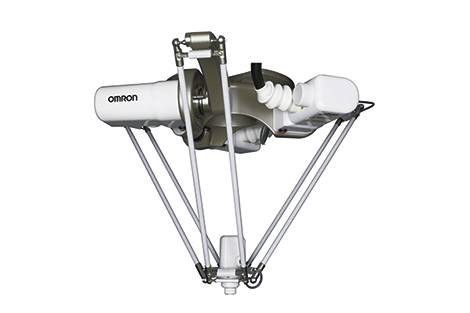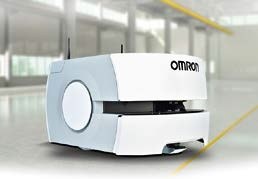With the aim of expanding the range of "Pick and Place" solutions, Omron launches the new series of DELTA IP67 robots onto the market, thus adding an ideal Wahsdown solution for the food and pharmaceutical sector. This new series is added to the already well-known range of Omron DELTA robots.
The DELTA IP67 robot has 3 or 4 axes, which allow movement in XYZ, -plus a rotation in the case of the model with four axes-, which can be of high or low inertia to adapt to the requirements of the application and achieve the increase in production expected by the customer.
With a reach of 1100 mm in diameter, with handling of loads of up to 3Kg and a repeatability of 0.2 mm in XYZ and 0.1º in the axis of rotation, Omron presents a very competitive solution in "pick and place" solutions for the pharmaceutical sector. and feeding, being able to reach more than 150 cycles per minute depending on the application.
The structure of the robot is designed in such a way that each servomotor is independent in different protective casings. This architecture is designed to minimize the maintenance of each axis of the robot and shorten downtime for maintenance.
Despite being an expansion in the line of industrial robots, Omron offers control, motion, robotics, vision and safety all in one, with the same machine controller. From a single software, a single project and a single connection, a solution is provided for the entire machine, being able to connect up to 8 robots to the same controller. Thus, a solution is offered at the end of the line, giving the client the possibility of doing everything they can imagine with a return on investment even less than 6 months in some cases.
Omron offers you, free of charge, a free study of your application, support during the design stage, training in the handling of the equipment and help in commissioning.





